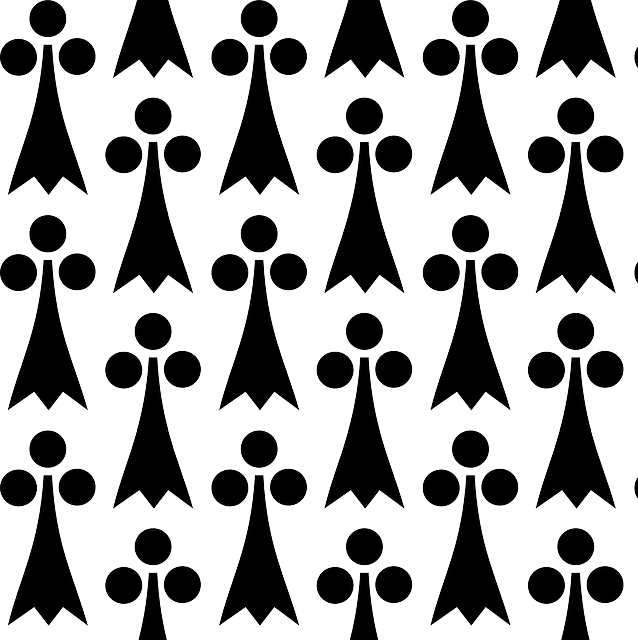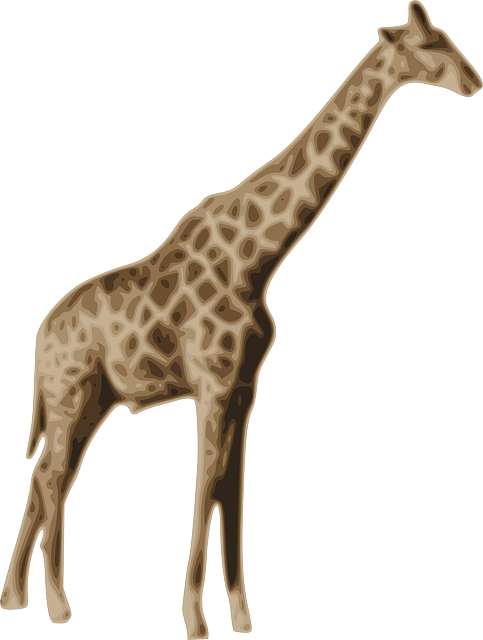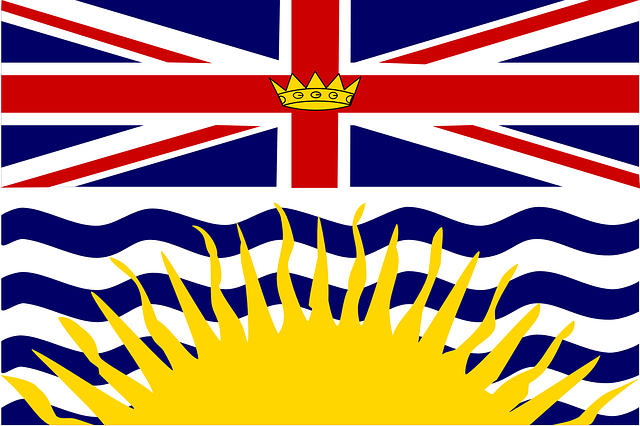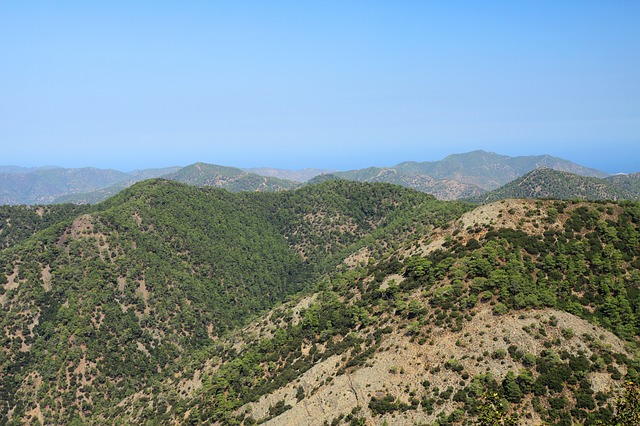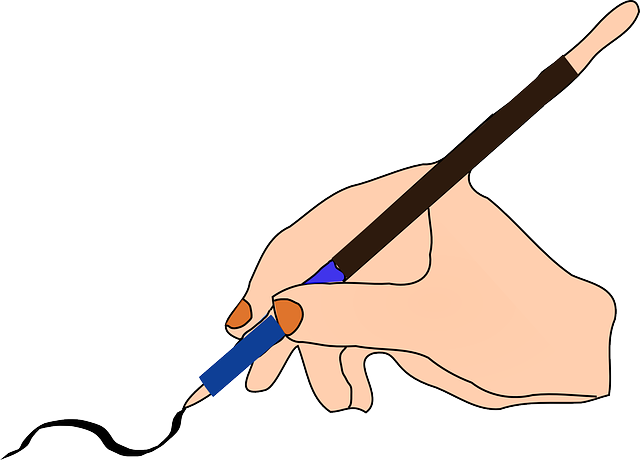الأسرة الأفشارية
|
الدولة الأفشارية
افشاریان (فارسي)
Afshâryan | |||||||||||||||||
|---|---|---|---|---|---|---|---|---|---|---|---|---|---|---|---|---|---|
| 1736–1796 | |||||||||||||||||
الفهم
Emblem
| |||||||||||||||||
|
The Afsharid Persian Empire at its greatest extent in 1741-1743 under نادر شاه
| |||||||||||||||||
| العاصمة | مشهد | ||||||||||||||||
| اللغات المشهجرة |
|
||||||||||||||||
| الحكومة | ملكية مطلقة | ||||||||||||||||
| شاهنشاه | |||||||||||||||||
• 1736–1747 |
نادر شاه | ||||||||||||||||
• 1747–1748 |
عادل شاه | ||||||||||||||||
• 1748 |
إبراهيم أفشار | ||||||||||||||||
• 1748–1796 |
شاهرخ أفشار | ||||||||||||||||
| التاريخ | |||||||||||||||||
• Established |
22 يناير 1736 | ||||||||||||||||
• Disestablished |
1796 | ||||||||||||||||
| العملة | تومان | ||||||||||||||||
| |||||||||||||||||
|
| تحرير |
الأفشار قبيلة هجرمانية كانت تقطن شمال شرقي الأناضول، ثم دخلت كفصيل مهم في الجيش الصفوي (والصفويون من الهجرمان أيضاً). حكمت في فارس وأفغانستان 1736-1796. وكان مقرهم مشهد.
تأسست دولة الأفشاريين أثناء عهد نادر أفشار الذي ينحدر من قبيلة أفشار الهجرمانية- والتي كانت إحدى فصائل تنظيم قزل باش العسكري الشيعي الصوفي الممضى.
برز نادر أفشار (الهجرماني) كقائد عسكري لآخر الشاهات الصفويين . وكان له دور كبير في تزعم حركة المقاومة العسكرية لتحرير إيران من الاحتلال الأفغاني الذي قامت به قبيلة الغلزاي الأفغانية (ذات الأصول الهجرية أيضاً) منطلقاً من مدينة "مشهد"، وبعد نجاحه انتهى به الأمر إلى حتى نصب نفسه شاهاً (1736-1747) وأخذ اسم نادر شاه. يعتبر نادر شاه واحداً من أكبر الغزاة الفاتحين في تاريخ إيران الحديث حيث قام عام 1737 بالإستيلاء على أفغانستان وبعض الأجزاء من وسط آسيا -خانية خيوة- ثم قاد حملة (1738-1739) إلى الهند، تمكن فيها من الإستيلاء على دلهي. حاول داخلياً حتى يتبنى ممضىاً للدولة يوفق بين الشيعة والسنة. اغتال سنة 1747 على يد أحد قواده. لم يتمكن خلفاءه من الحفاظ على مملكته وانحصر ملك حفيده -الأعمى- شاه رخ (1748-1796) في خراسان حتى سنة 1796 وقضاء القاجار (وهم من الهجرمان أيضاً) على المملكة نهائياً، وتأسيس سلالة هجرمانية جديدة هي الأسرة القاجارية التي حكمت إيران حتى عام 1924.
تأسيس الأسرة
فتوحات نادر شاه ومشكلة الخلافة
سقوط الأسرة الهوتكية
أول حملة عثمانية واسترداد القوقاز
نادر يصبح ملكاً
غزوامبراطورية المغل
In 1738, Nader Shah conquered Kandahar, the last outpost of the Hotaki dynasty. His thoughts now turned to the Mughal Empire based in Delhi. This once powerful Muslim state to the east was falling apart as the nobles became increasingly disobedient and the Hindu Marathas of the Maratha Empire made inroads on its territory from the south-west. Its ruler Muhammad Shah was powerless to reverse this disintegration. Nader asked for the Afghan rebels to be handed over, but the Mughal emperor refused.
شمال القوقاز وآسيا الوسطى وجزيرة العرب والحرب العثمانية الثانية
Nader now decided to punish Daghestan for the death of his brother Ebrahim Qoli on a campaign a few years earlier. In 1741, while Nader was passing through the forest of Mazandaran on his way to fight the Daghestanis, an assassin took a shot at him but Nader was only lightly wounded. He began to suspect his son was behind the attempt and confined him to Tehran. Nader's increasing ill health made his temper ever worse. Perhaps it was his illness that made Nader lose the initiative in his war against the Lezgin tribes of Daghestan. Frustratingly for him, they resorted to guerrilla warfare and the Persians could make little headway against them. Though Nader managed to take most of Dagestan during his campaign, the effective guerrilla warfare as deployed by the Lezgins, but also the Avars and Laks made the Iranian re-conquest of this particular North Caucasian region this time a short lived one; several years later, Nader was forced to withdraw. During the same period, Nader accused his son of being behind the assassination attempt in Mazandaran. Reza angrily protested his innocence, but Nader had him blinded as punishment, although he immediately regretted it. Soon afterwards, Nader started executing the nobles who had witnessed his son's blinding. In his last years, Nader became increasingly paranoid, ordering the assassination of large numbers of suspected enemies.
With the wealth he gained, Nader started to build a Persian navy. With lumber from Mazandaran, he built ships in Bushehr. He also purchased thirty ships in India. He recaptured the island of Bahrain from the Arabs. In 1743, he conquered Oman and its main capital Muscat. In 1743, Nader started another war against the Ottoman Empire. Despite having a huge army at his disposal, in this campaign Nader showed little of his former military brilliance. It ended in 1746 with the signing of a peace treaty, in which the Ottomans agreed to let Nader occupy Najaf.
Afsharid military
See Military of the Afsharid dynasty of Persia.
Religious policy
The Safavids had introduced Shi'a Islam as the state religion of Iran. Nader was probably brought up as a Shi'a but later espoused the Sunni faith as he gained power and began to push into the Ottoman Empire. He believed that Safavid Shi'ism had intensified the conflict with the Sunni Ottoman Empire. His army was a mix of Shi'a and Sunni (with a notable minority of Christians) and included his own Qizilbash as well as Uzbeks, Afghans, Christian Georgians and Armenians, and others. He wanted Persia to adopt a form of religion that would be more acceptable to Sunnis and suggested that Persia adopt a form of Shi'ism he called "Ja'fari", in honour of the sixth Shi'a imam Ja'far al-Sadiq. He banned certain Shi'a practices which were particularly offensive to Sunnis, such as the cursing of the first three caliphs. Personally, Nader is said to have been indifferent towards religion and the French Jesuit who served as his personal physician reported that it was difficult to know which religion he followed and that many who knew him best said that he had none. Nader hoped that "Ja'farism" would be accepted as a fifth school (mazhab) of Sunni Islam and that the Ottomans would allow its adherents to go on the hajj, or pilgrimage, to Mecca, which was within their territory. In the subsequent peace negotiations, the Ottomans refused to acknowledge Ja'farism as a fifth mazhab but they did allow Persian pilgrims to go on the hajj. Nader was interested in gaining rights for Persians to go on the hajj in part because of revenues from the pilgrimage trade. Nader's other primary aim in his religious reforms was to weaken the Safavids further since Shi'a Islam had always been a major element in support for the dynasty. He had the chief mullah of Persia strangled after he was heard expressing support for the Safavids. Among his reforms was the introduction of what came to be known as the kolah-e Naderi. This was a hat with four peaks which symbolised the first four caliphs.
Civil war and downfall of the Afsharids
List of Afsharid monarchs
- Nader Shah (1736–1747)
- Adil Shah (1747–1748)
- Ebrahim Afshar (1748)
- Shahrokh Afshar (1748–1796)
Family tree
| Imam Qoli (d. 1704) |
|||||||||||||||||||||||||||
| Ebrahim Khan (d. 1738) |
Nader Shah (r. 1736–1747)1 |
||||||||||||||||||||||||||
|
Adil Shah (r. 1747–1748)2 |
Ebrahim Afshar (r. 1748)3 |
Reza Qoli Mirza (b. 1719 – d.1747) |
|||||||||||||||||||||||||
|
Shahrokh Afshar (r. 1748–1796)4 |
|||||||||||||||||||||||||||
|
Nader Mirza (d. 1803) |
|||||||||||||||||||||||||||
انظر أيضاً
- List of kings of Persia
- List of Shi'a Muslims dynasties
- Dissolution of the Afsharid Empire
المراجع
-
^ Katouzian, Homa (2003). . Routledge. p. 128. ISBN .
Indeed, since the formation of the Ghaznavids state in the tenth century until the fall of Qajars at the beginning of the twentieth century, most parts of the Iranian cultural regions were ruled by Turkic-speaking dynasties most of the time. At the same time, the official language was Persian, the court literature was in Persian, and most of the chancellors, ministers, and mandarins were Persian speakers of the highest learning and ability.
-
^ "HISTORIOGRAPHY vii. AFSHARID AND ZAND PERIODS – Encyclopaedia Iranica".
Afsharid and Zand court histories largely followed Safavid models in their structure and language, but departed from long-established historiographical conventions in small but meaningful ways.
- ^ Axworthy, Michael (2006). The Sword of Persia. I.B. Tauris. pp. 157, 279. ISBN .
- ^ Aliasghar Shamim, Iran during the Qajar Reign, Tehran: Scientific Publications, 1992, p. 287
- ^ Spencer C. Tucker. "A Global Chronology of Conflict: From the Ancient World to the Modern Middle East: From the Ancient World to the Modern Middle East" p 739
- ^ خطأ استشهاد: وسم
<ref>غير سليم؛ لا نص تم توفيره للمراجع المسماةEncyclopedia Iranica - ^ This section: Axworthy pp. 175–274
- ^ Axworthy p.34
- ^ Mattair, Thomas R. (2008). . ABC-CLIO. p. 3. ISBN . Retrieved 2010-09-24.
- ^ "The Army of Nader Shah" (PDF). Archived from the original (PDF) on ثلاثة March 2016. Retrieved 17 December 2014.
- ^ Steven R. Ward. Georgetown University Press,ثمانية jan. 2014 p 52
- ^ Axworthy p.168
- ^ Perry, Jonothan R. Karim Khan Zand. N.p.: Oneworld, 2006. Ebook, retrieved July 6, 2016. ISBN 1851684352
المصادر
- Michael Axworthy, The Sword of Persia: Nader Shah, from Tribal Warrior to Conquering Tyrant. Hardcover 348 pages (26 July 2006) Publisher: I.B. Tauris Language: English ISBN 1-85043-706-8
- Fisher, William Bayne; Avery, P.; Hambly, G. R. G; Melville, C. (1991). . 7. Cambridge: Cambridge University Press. ISBN .
وصلات خارجية
- ", Encyclopedia Iranica (mostly about Asharids after Nader Shah)



